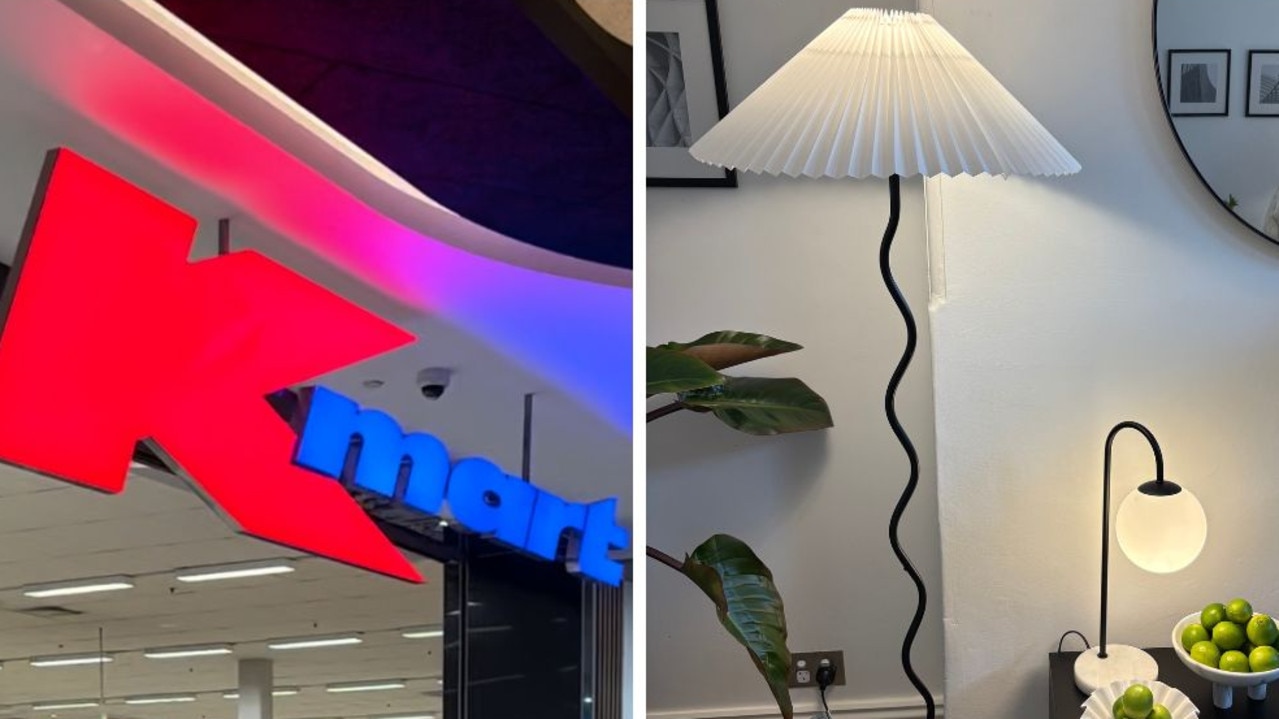Home improvement: Forgotten refuge can boost your lifestyle and home value
As the squeeze on our homes gets greater and greater you need to make the most of all the space you’ve got to improve your real estate value and your lifestyle.
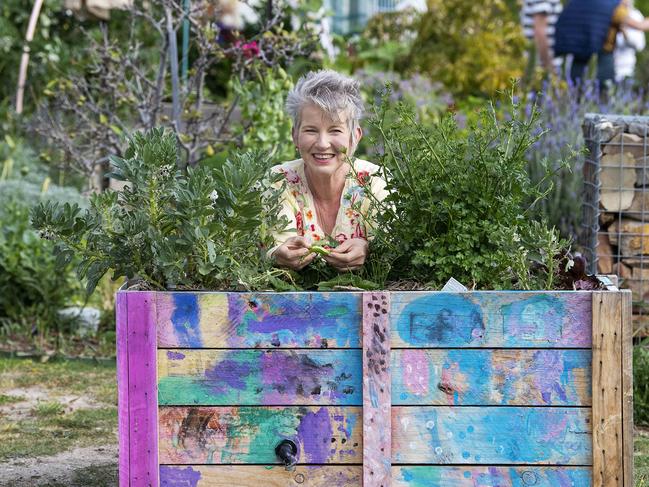
Home
Don't miss out on the headlines from Home. Followed categories will be added to My News.
As blocks get smaller, garden space can be limited, so take ownership of the nature strip out front of your home
With concerns about food insecurity, a lack of urban habitat for wildlife and the urban heat island effect, street verges present a valuable resource opportunity to improve our suburbs, cities and towns. While seemingly unrelated, they can also address the issue of loneliness, isolation and lack of social connection, so here’s why you should get a street verge garden started.
Urban heat island effect mitigation
Urban infill is common across Australia. Houses on large blocks are demolished and replaced with multiple smaller blocks and new houses claim a bigger overall footprint, reducing garden space. Then there are high-density, high-rise apartment developments in urban areas, which commonly have little green space around them. All this results in more hot, hard, heat-absorbing surfaces, making our urban spaces hotter and harsher. The urban heat island effect is concerning governments around the world, including in Australia. When we think outside the square of a house or apartment block, and consider what’s out the front or the side, we realise that planted verges present an opportunity to reduce urban heat island effect. Street trees casting shade obviously have a big impact, but adding another layer of planting at ground level increases the benefit tremendously.
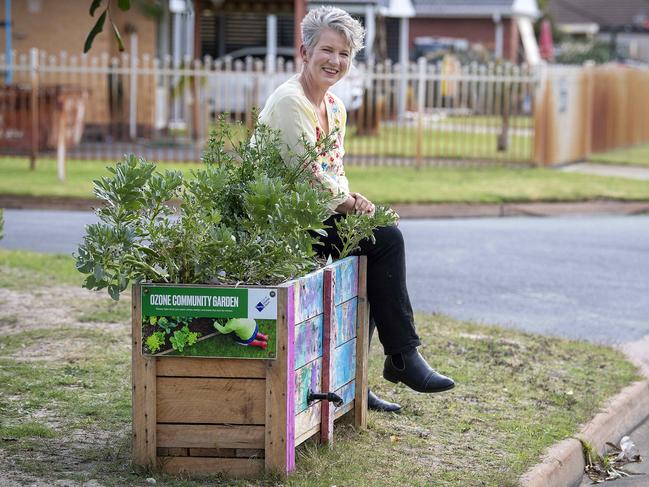
Habitat creation
Habitat creation is another opportunity verge gardens offer, as the biggest threat to urban wildlife is habitat loss. By planting local native plants on our verges, they become true “nature strips” that literally support wildlife. You might think that your little verge will not make much of an impact, but it will, and if we then co-ordinate verge plantings along streets and through suburbs, we create biodiversity hot spots and wildlife corridors for bees, butterflies, birds, lizards and other beneficiaries. For biodiversity, first we need diversity, with many different species of local native plants, flowering over an extended period. The current trend of mass planting just one or two varieties creates monotonous monocultures which may suit commercial landscapes, but it is not as beneficial to wildlife.
Grow community
Many people find that when they start to plant their verge, others nearby are inspired to follow suit. Soon whole streets are being greened and more people choose to walk along these streets to see the gardens. This has the added benefit of passive surveillance, which increases home security and decreases crime. The main social benefit, though, is that at a time when many people don’t know their neighbours, neighbours who might otherwise not interact get to know each other, develop friendships and even share plants, seeds, cuttings and produce. Loneliness is at an all-time high and social connection like this is very important. Just like community gardens, verge plantings can help develop strong, healthy, connected local communities.
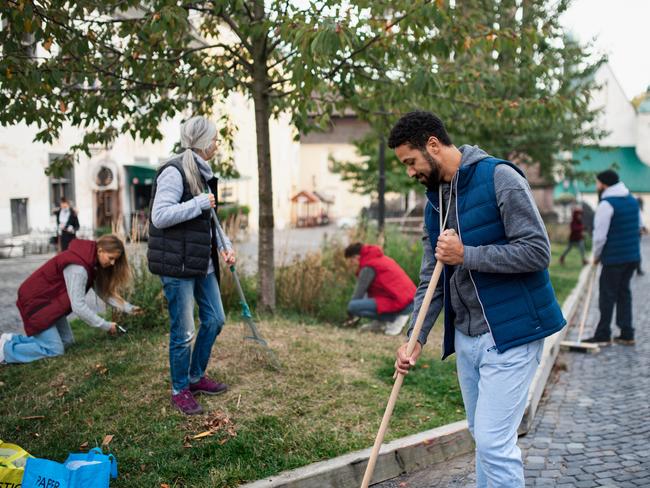
Improves aesthetics & property values
Although the aesthetic value of a garden cannot be quantified specifically, we know that gardens greatly improve our quality of life by improving our visual environment. In terms of resale value, many potential buyers have already made up their mind about a property before they reach the front door, so making a great first impression on the verge pays dividends.
Food security
The past few years have taught us not to take anything for granted. Many people are more aware of the benefits of food security and the peace of mind that come from growing at least part of your own fruits, vegies and herbs. But what happens if you haven’t got room to grow food within your own garden? You might only have a small courtyard, a balcony or the conditions within your space mightn’t be right to grow produce due to shading, root competition or paved-over hard surfaces.
Verges offer valuable growing space and allow us to create informal community gardens where produce such as vegies, herbs and fruit are shared. Obviously if you do this you must be prepared for others to pick and use the produce too, but we often end up with more than we need anyway. Also be aware of animals using the verge garden and always wash your produce before you eat it.
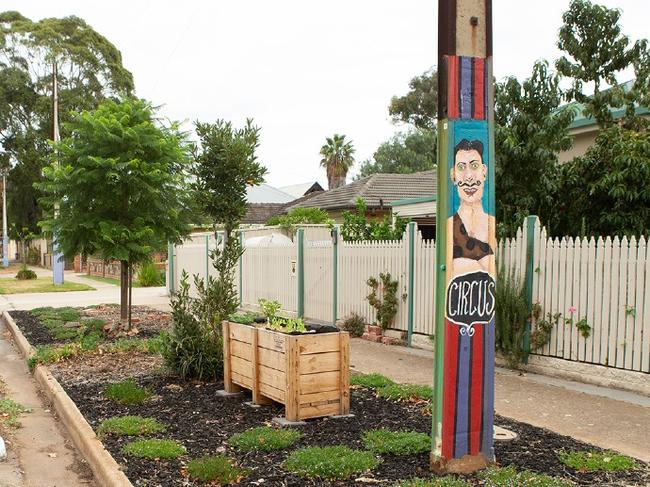
To plant into the ground, as a precaution you need to do a soil test for heavy metals or chemical residue through 360dustanalysis. An alternative is growing above-ground in raised enclosed beds, encouraged in some council areas by subsidising wicking beds.
Where to start
Before starting to plant your verge, check with your local council about their verge planting guidelines. These are designed to ensure the safety of pedestrians, residents and road users, as well as help you make appropriate plant choices, with outlining preferences for native or exotic plants and final plant heights.
There are also obvious considerations such as pedestrian access, clear sight lines for all traffic, access to underground services, care of existing street trees, maintenance and irrigation. Some councils also have a “do not mow and do not spray” register to ensure that your new plantings are not accidentally sprayed by herbicide.
Adding local indigenous native plants are a great option as they create biodiversity and habitat. Naturally suited to the environment, once established they will be able to grow without supplementary water. Purchase as tubes from your local nursery for minimal cost; they will grow and look full in a year or two. Just as you would tend your garden, mulch these plants and care for them with supplementary watering until established.
Plant of the week – Frangipani, Plumeria species
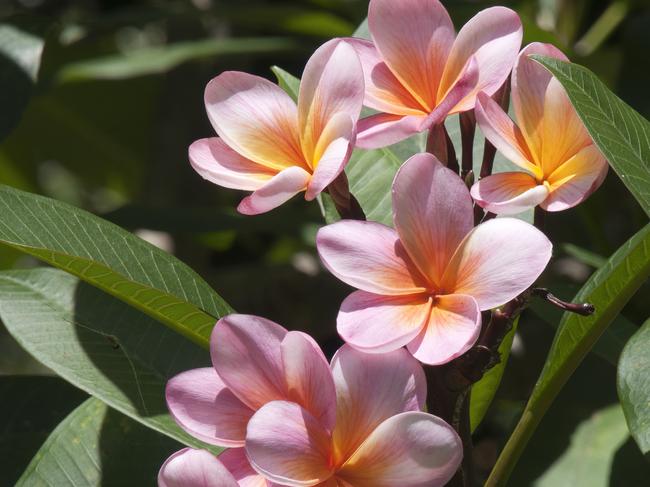
These beautiful plants need no introduction.
Much prized for their stunning perfumed flowers, frangipanis make a dazzling feature tree in any sunny, frost-free garden. Their thick sausage-like stems are topped with large bold foliage and sprays of cream, white, pink or red flowers for several months in summer. The scent of these flowers is nothing if not intoxicating. As well as making great garden specimens they can also be grown successfully in large pots.
More Coverage
Originally published as Home improvement: Forgotten refuge can boost your lifestyle and home value




